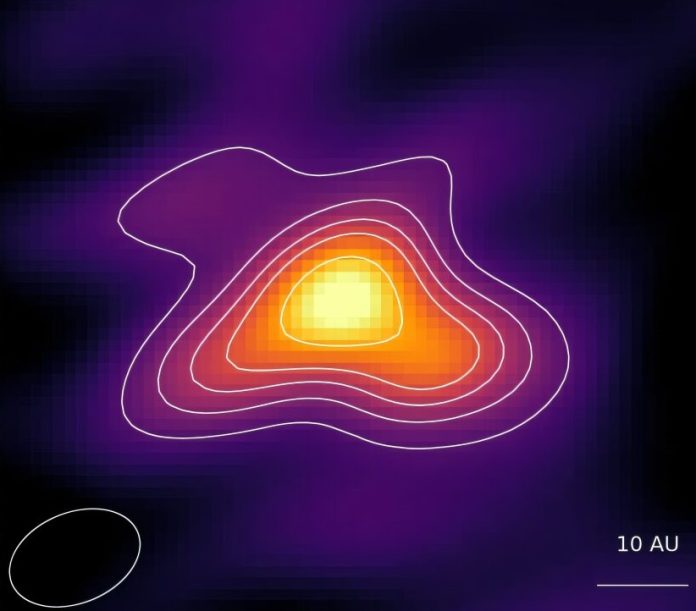
Astronomers have taken a big step forward in understanding how solar systems like ours are born.
Using a special set of radio telescopes in the U.K., scientists have discovered planet-forming “pebbles” orbiting two young stars, DG Tau and HL Tau, about 450 light-years away from Earth.
These small rocky pieces are thought to be the building blocks of planets.
Over millions of years, they stick together and grow into bigger and bigger objects—eventually forming planets like Earth, Jupiter, and Saturn.
This is how our own solar system began forming around 4.5 billion years ago.
The pebbles were found in planet-forming zones called protoplanetary disks. These disks are made of gas and dust and surround newborn stars.
The ones around DG Tau and HL Tau stretch out to distances similar to Neptune’s orbit, which means there’s potentially enough material there to create large planetary systems—possibly even bigger than our own.
The discovery was announced at the National Astronomy Meeting 2025 in Durham by Dr. Katie Hesterly from the SKA Observatory. She explained that these findings fill in a missing piece of the planet-formation puzzle.
While we’ve known about dusty disks and fully formed planets for decades, the in-between stage—when dust clumps into pebbles—is much harder to observe.
This research is part of the PEBBLeS project, led by Professor Jane Greaves of Cardiff University. The project uses a group of seven linked radio telescopes called e-MERLIN.
These telescopes work together as one giant telescope and are the only ones currently able to detect planet-forming pebbles with the needed detail.
By observing disks like those around HL Tau and DG Tau, the team can now study how and where solid material gathers before planets form. In fact, one of the new images of DG Tau shows that centimeter-sized pebbles—similar in size to a jellybean—are already present far from the star. The same is true for HL Tau.
Dr. Anita Richards from the University of Manchester explained why this discovery matters.
While dusty disks are easy to spot with regular telescopes, the pebbles are much smaller and don’t give off much light. But because they emit signals at around 4-centimeter wavelengths, e-MERLIN is perfect for detecting them.
These findings offer a glimpse of what’s to come. In the 2030s, an even more powerful telescope, the Square Kilometer Array (SKA), will begin studying hundreds of young planetary systems with even greater detail. Scientists hope this will help them fully understand how planets—and perhaps life—begin in the universe.
Source: Royal Astronomical Society.



